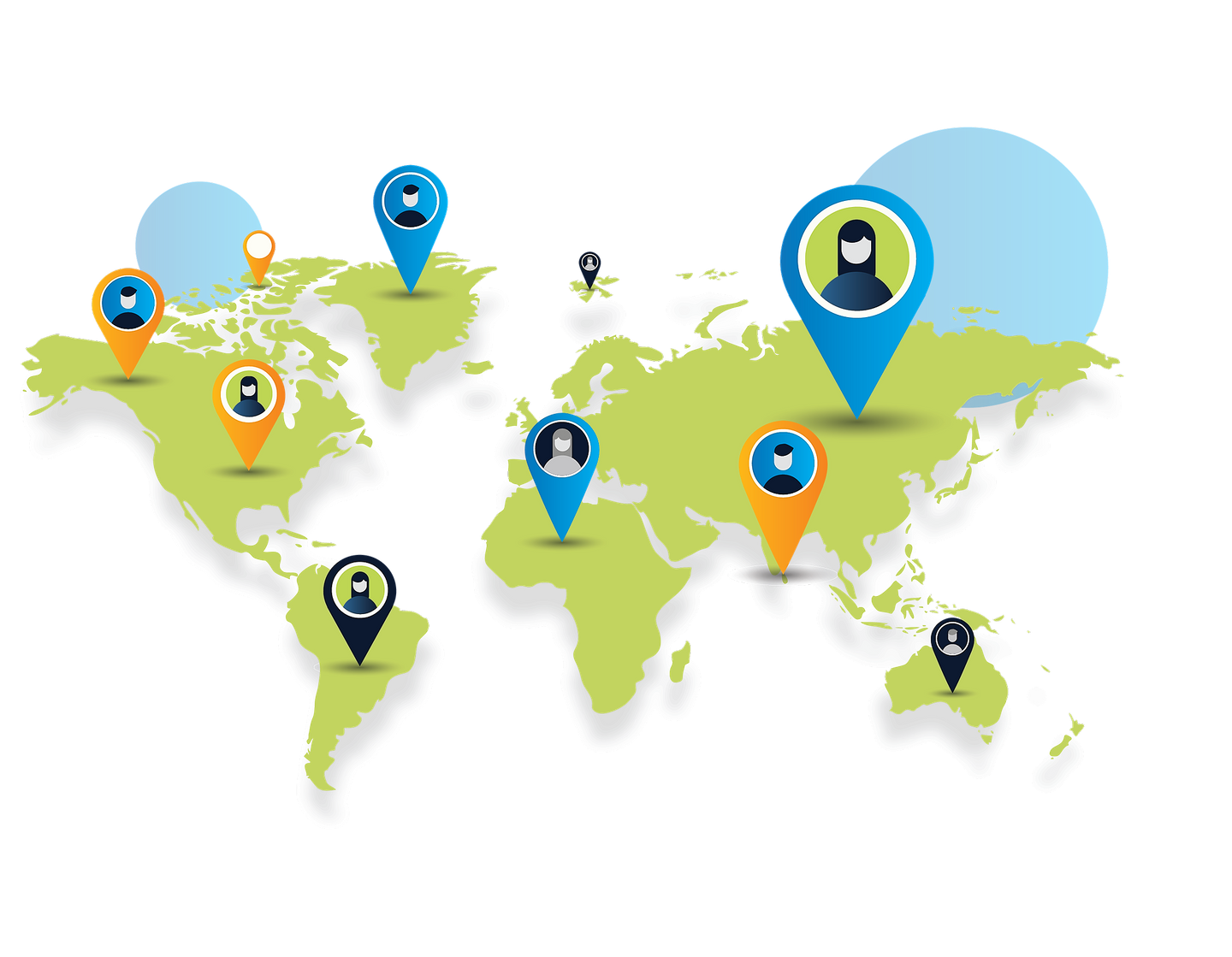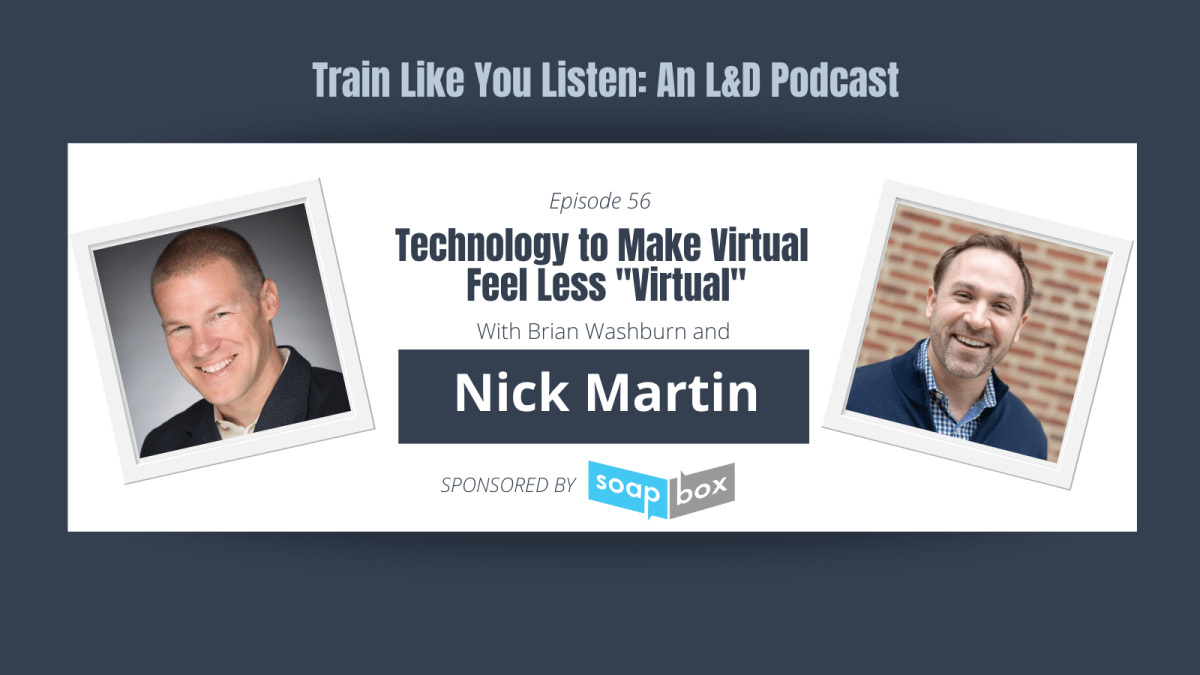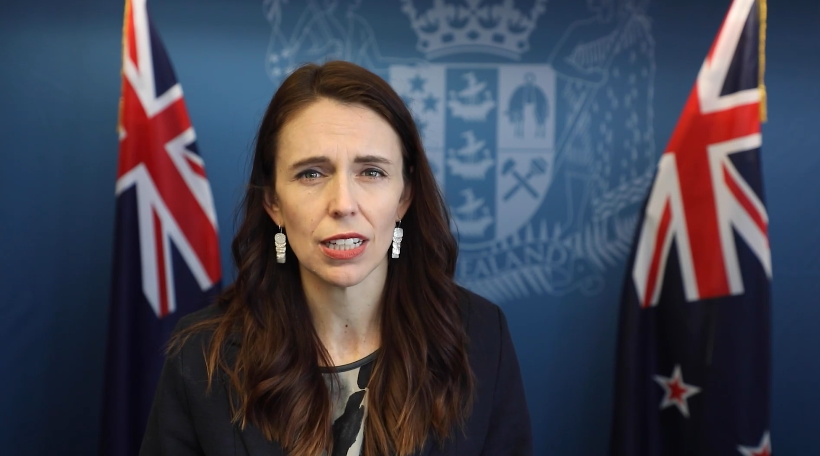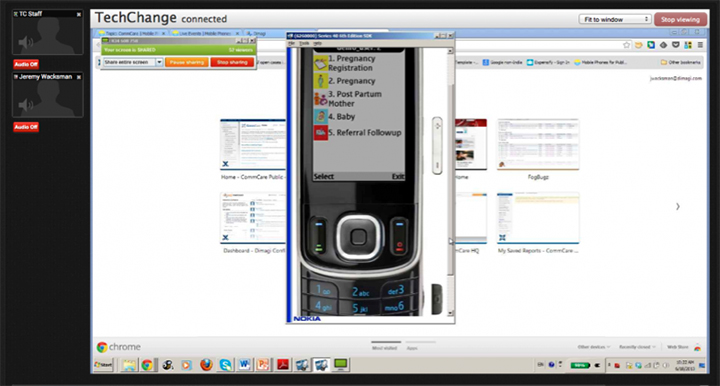I joined the TechChange team fresh out of finishing my master’s degree of public health and working on the COVID-19 response at Johns Hopkins. For two months, I practically lived at the hospital. I saw hundreds of students showing up to volunteer their time. I saw local restaurants delivering food even though they themselves were struggling. I saw communities fighting to protect their healthcare workers by donating supplies and sewing masks. I saw words of encouragement displayed in front of the hospital, written on the sidewalk, posted in the windows of homes. We would get through this together.
What exactly I was seeing did not become clear to me until I started working at TechChange: Even in isolation, 2020 became a year when we were more connected than ever, leveraging the resources we had to create new ways of reaching out.
I had the privilege of being part of two incredible projects from day one. The first, the COVID-19 Digital Classroom involved an entire consortium of leaders coming together to meet the needs of community health workers battling COVID-19 in lower- and middle-income countries. Through the COVID-19 library and self-paced courses, community health workers were able to equip themselves with relevant training and skills to protect their communities from outbreaks. Working collaboratively with individuals of different backgrounds and expertise from all across the world was no small feat, but we were able to deliver eight courses in six different languages that, as of December, have reached 95 countries. Working remotely from the comfort (and in some cases, chaos) of our own homes, we came together to create something that not only impacts the lives of those taking the course, but also the workers they will pass on this knowledge to or the individuals to whom they will provide care. The impact chain is endless, connecting us all along the way.
My second project was Digital Health: Planning National Systems – a previously in-person workshop that quickly pivoted to a virtual format when the pandemic hit. All the training content and activities had to be completely reconstructed for virtual delivery – powerpoints were revamped, animations were created, a board game was brought to life through video. Ultimately, this all led to two workshop deliveries in 2020 with WHO. The once in-person workshop was brought fully online, so we could deliver it from the US to Africa and Geneva. We laughed together, ran around our homes doing virtual scavenger hunts, and taught each other about digital health strategy. While we could not meet them in person, we formed connections with participants half a world away. Learning how to deliver virtual training well, especially in the public health space, has become crucial when so much has gone online due to the pandemic.
These experiences taught me that human connection does not end when the world goes into lockdown. People do not stop trying to help each other, to teach each other, just because we can’t leave our homes. Instead, we get creative and think up new ways to reach out. This year was heavy, and it left the whole world grieving together, but never before have we been so intentional about staying connected. That is what I hope we all carry with us into 2021.




